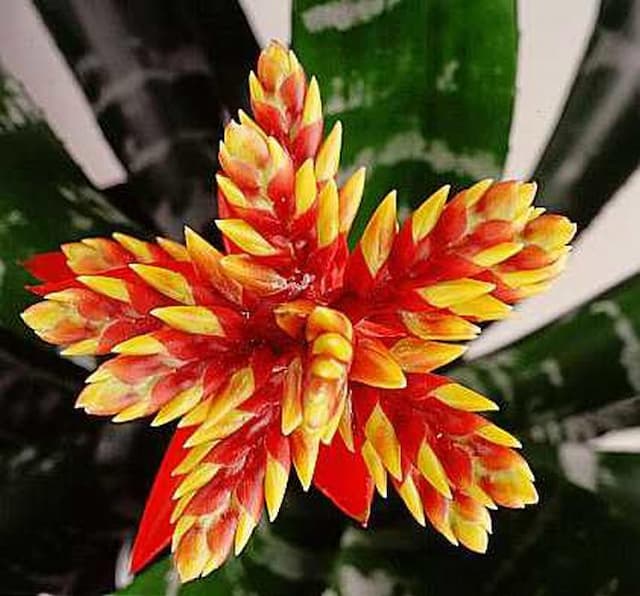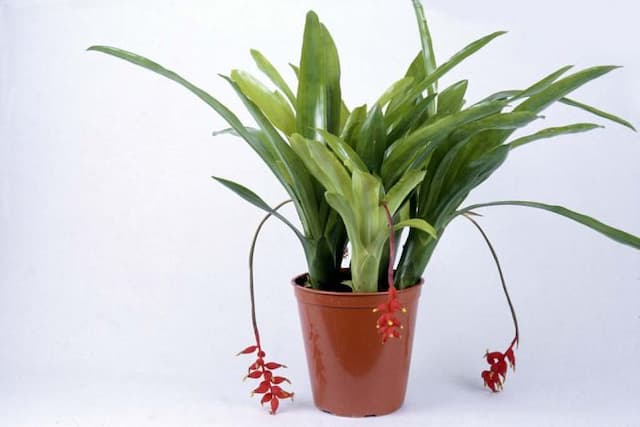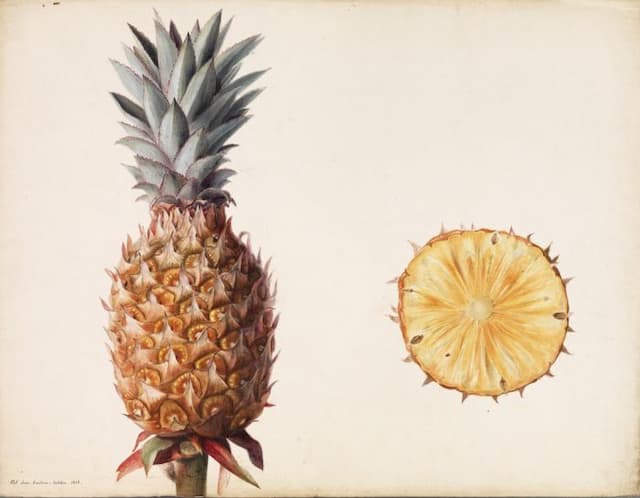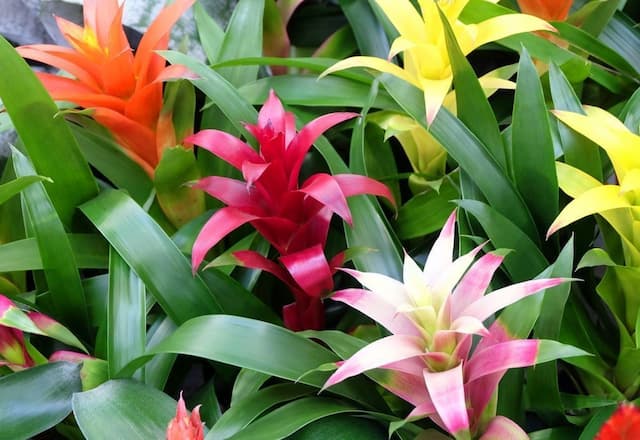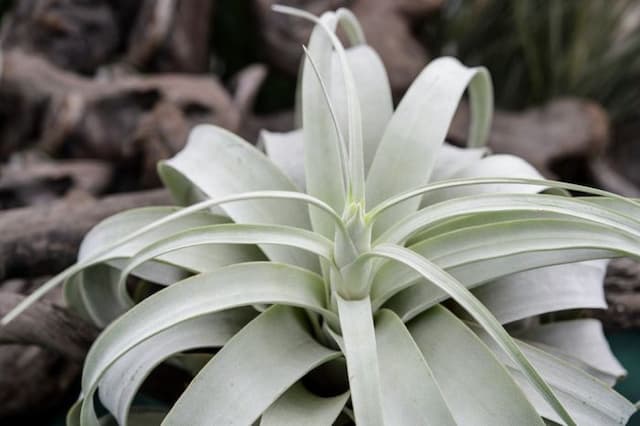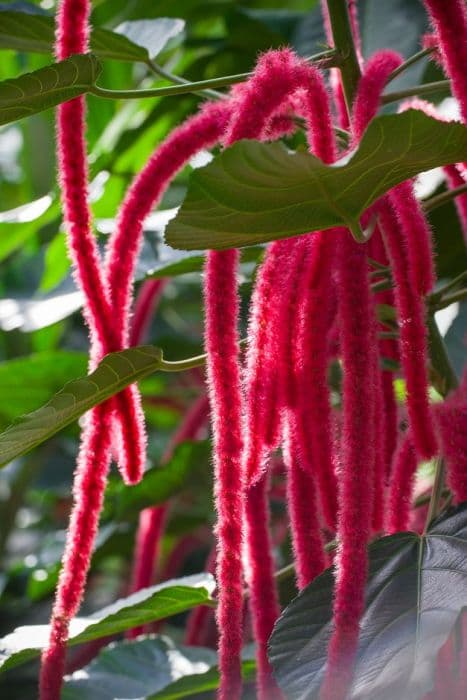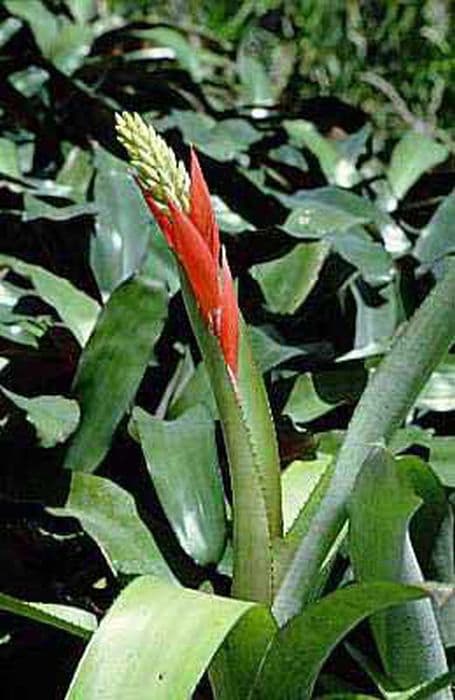White air plant Tillandsia albida
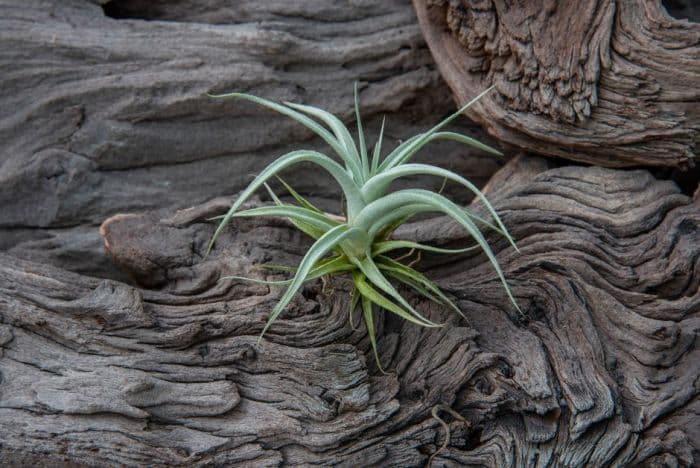
ABOUT
T. albida is an evergreen epiphyte with stiff, silvery-grey to whitish, linear leaves. Cream flowers emerge from bright red bracts borne on long flower spikes in summer
About this plant
 Names
NamesSynonyms
White Sand Tillandsia, Chalky Tillandsia
Common names
Tillandsia candida, Tillandsia albida subsp. candida, Tillandsia albida var. novoleonensis, Tillandsia novoleonensis, Tillandsia yunckeri.
 Characteristics
CharacteristicsLife cycle
Perennials
Foliage type
Evergreen
Color of leaves
Green
Flower color
White
Height
0-6 inches (15-20 cm)
Spread
0-6 inches (15-20 cm)
Plant type
Epiphyte
Hardiness zones
9
Native area
Mexico
Benefits
 General Benefits
General Benefits- Low Maintenance: Tillandsia albida, commonly known as White Air Plant, does not require soil to grow, which simplifies its care routine.
- Drought Tolerance: Adapted to arid conditions, it can survive periods of drought with minimal water requirements.
- Adaptive Decor: The White Air Plant's ability to grow without soil makes it versatile for decorative purposes, fitting into various design schemes such as terrariums or hanging displays.
- Enhances Humidity: When watered, it can help to slightly increase the humidity of the surrounding environment.
- Unique Aesthetic: Its distinctive white to silvery-green foliage adds a unique texture and color contrast to plant collections or decor arrangements.
- Space Efficiency: Due to its small size, Tillandsia albida does not take up much space, making it suitable for compact living areas.
- Pet Friendly: Generally, air plants like Tillandsia albida are non-toxic to pets, which makes them a safe choice for households with animals.
 Medical Properties
Medical PropertiesThis plant is not used for medical purposes.
 Air-purifying Qualities
Air-purifying QualitiesThis plant is not specifically known for air purifying qualities.
 Other Uses
Other Uses- Artistic Displays: Tillandsia albida, commonly known as "White Sands airplant," can be incorporated into living art installations, such as green walls or hanging sculptures, adding a unique texture and visual interest.
- Jewelry Pieces: The small size and striking form of the White Sands airplant allows it to be used in crafting live jewelry, such as necklaces or earrings, providing a living accessory that can be maintained with minimal care.
- Education: White Sands airplant can be used to educate students and enthusiasts about epiphytic plants and their role in ecosystems, showcasing how they absorb water and nutrients through their leaves.
- Photography: Due to its distinctive appearance, White Sands airplant can serve as an intriguing subject for macro photography, highlighting the intricate details of its leaves and structure.
- Biological Indicators: White Sands airplant can serve as an indicator species for measuring environmental conditions in their natural habitat, signaling changes in humidity or air quality.
- Feng Shui: Employed in feng shui, the White Sands airplant is believed to bring positive energy to a space when placed according to this ancient Chinese practice.
- Astronautical Studies: In closed systems like space stations, White Sands airplant could be studied for its potential to contribute to life support systems through its oxygen production during photosynthesis.
- Culinary Presentations: Although not edible, White Sands airplant can be used as a decorative non-toxic garnish for culinary dishes, adding a unique, organic aesthetic without affecting the flavor.
- Special Events: White Sands airplant can serve as natural, eco-friendly décor for events like weddings or celebrations, doubling as both ornamentation and favors for guests to take home.
- Holiday Ornaments: During festive seasons, White Sands airplant can be used to create living ornaments, offering a sustainable and long-lasting alternative to traditional decorations.
Interesting Facts
 Feng Shui
Feng ShuiThe Tillandsia, commonly known as air plant, can be used in Feng Shui to enhance the air element in a home or office. Place the air plant in areas that need an uplift of energy or where air circulation needs to be improved, such as in the East sector for health and family or the Southeast for wealth and abundance.
 Zodiac Sign Compitability
Zodiac Sign CompitabilityThe air plant is not used in astrology practice.
 Plant Symbolism
Plant Symbolism- Independence: Tillandsia albida, commonly known as White-flowering Air Plant, is an epiphyte that does not require soil to grow, symbolizing autonomy and self-reliance.
- Resilience: Able to endure in various climates and environments, this air plant represents the ability to thrive against the odds.
- Uniqueness: With its distinct growth habits and striking appearance, it embodies individuality and standing out from the crowd.
- Freedom: Its growth apart from the ground suggests a sense of liberation and freedom from traditional boundaries.
- Air Purity: As with many air plants, Tillandsia albida is believed to help purify the air, giving it a symbolic association with health and cleanliness.
 Water
WaterWhite air plants like Tillandsia albida should be watered by misting thoroughly once a week, and more frequently during hot, dry periods – perhaps two to three times a week. When watering, thoroughly drench the plant until water runs off the leaves. This may equate to roughly 1 to 3 ounces of water per misting session, depending on the plant's size. During the winter months, water less frequently, allowing the plant to dry fully between watering sessions. Ensure proper air circulation to prevent rot.
 Light
LightWhite air plants require bright, indirect sunlight. Place Tillandsia albida near a window that offers plenty of filtered light without direct exposure to the harsh afternoon sun. An east or west-facing window is ideal, providing the soft morning or evening light that is best for these air plants.
 Temperature
TemperatureWhite air plants prefer temperatures between 50 and 90 degrees Fahrenheit but can survive in temperatures as low as 30 degrees and as high as 100 degrees Fahrenheit. The ideal temperature range for Tillandsia albida is typically 70 to 80 degrees Fahrenheit, ensuring optimal growth and health.
 Pruning
PruningWhite air plants may require pruning to remove any dead or brown leaves. Pruning Tillandsia albida is also done to shape the plant or encourage a fuller appearance. It’s best to prune in the spring or early summer when the plant is growing more actively. Regularly inspect and trim as needed, discarding any removed material.
 Cleaning
CleaningAs needed
 Soil
SoilWhite Fuzzy Air Plant prefers air; no soil needed. Mist regularly. Aim for a pH of 5.5-6.0, just like rainwater.
 Repotting
RepottingWhite Fuzzy Air Plant does not require repotting as it grows without soil, being an epiphyte.
 Humidity & Misting
Humidity & MistingWhite Fuzzy Air Plant thrives best in 50-70% humidity, typical of its native aerial habitat.
 Suitable locations
Suitable locationsIndoor
Mount on wood, mist weekly, provide bright indirect light.
Outdoor
Hang or mount in partial shade, shelter from rain and frost.
Hardiness zone
9-11 USDA
 Life cycle
Life cycleTillandsia albida, commonly known as White Tillandsia, begins its life cycle as a tiny seed, typically dispersed by wind due to its lightweight and parachute-like structure. Upon landing in a suitable location with enough light and air, the seed germinates and develops into a small plant, growing by absorbing water and nutrients through its leaves from the air, a process known as atmospheric nutrition. The juvenile plant matures over several years, developing a rosette of silvery-green leaves that are covered in specialized cells that help the plant absorb moisture. Once mature, White Tillandsia produces a spike with white to pale flowers, signaling its reproductive stage. After pollination, often by wind or insects, the plant produces seeds that are then released to continue the cycle, while the parent plant slowly starts to decline. The lifecycle completes when the original plant eventually dies, often leaving behind offsets, or "pups," which are clones that will grow in the same manner as the parent plant.
 Propogation
PropogationPropogation time
Spring-Early Summer
The most popular method of propagation for Tillandsia albida, more commonly known as white air plant, is through offsets, also known as "pups." These pups usually form at the base of the plant after it flowers and can be removed when they are one-third to one-half the size of the parent plant. The best time to propagate is during the growing season, which is typically in the spring or early summer. To propagate, gently pull the pup away from the mother plant, ensuring it has some roots attached. The detached pup should then be placed in a well-ventilated area with plenty of bright, indirect light. Once the pup has established its roots, which can take several weeks, it can be mounted or placed in its intended location. Regular misting with water and proper air circulation are essential for the new plant to thrive.
